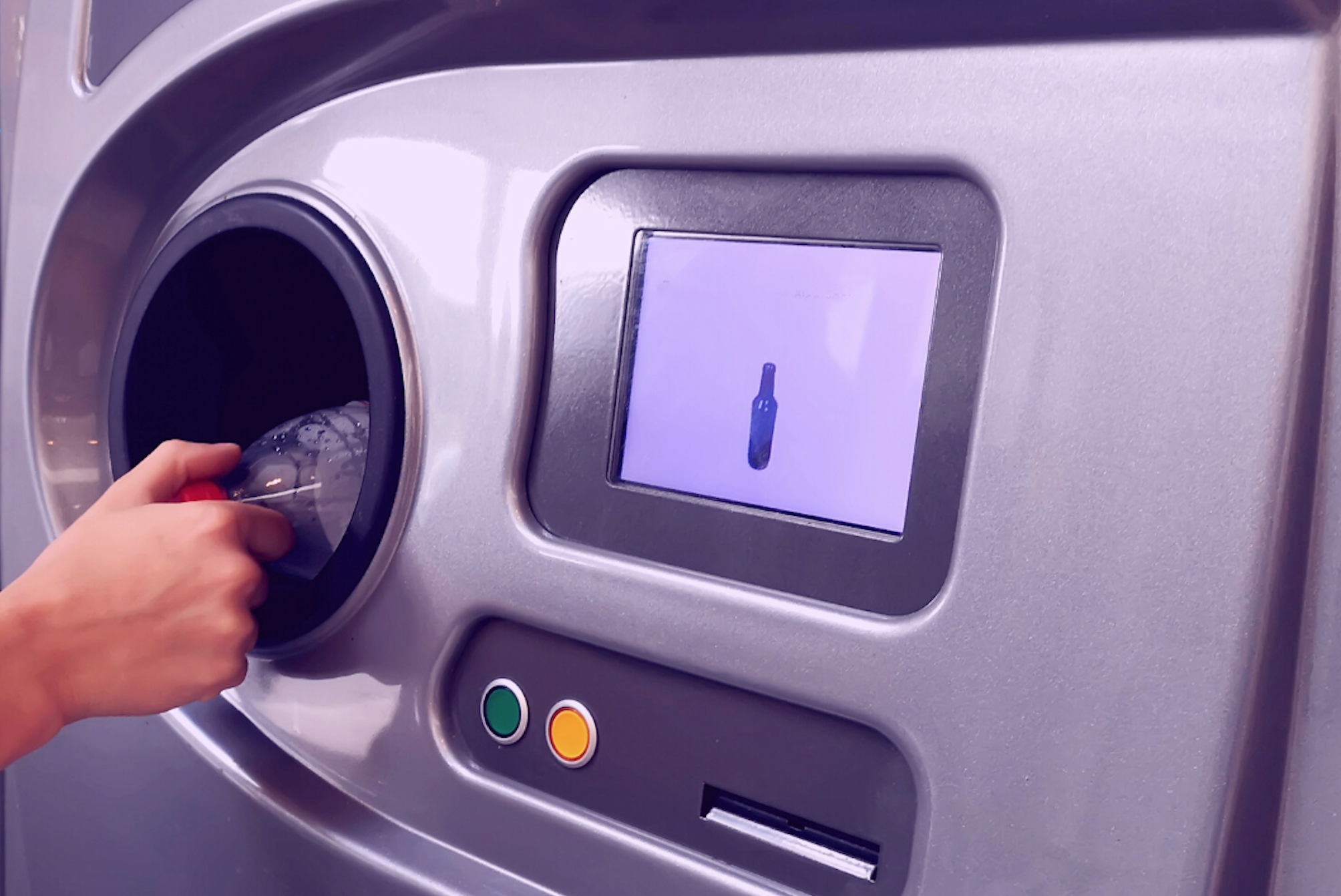Though the climate crisis and focus on sustainability has been a central topic of policy and business for some time, there is an overwhelming lack of trust, shown both in the data provided and the solutions suggested.
The UN Environment Programme’s Emissions Gap Report 2022 describes the need for rapid societal transformation. At the individual level, this would take the form of changing habits. At the corporate level, spanning all industry sectors and public entities, it would take the form of responsible governance.
How can blockchain help to ensure that green targets are met?
Blockchain technology has the potential to play a role in creating a greener future in several ways. One way is through the creation of decentralised energy systems, which allow for the production, distribution, and management of renewable energy on a peer-to-peer basis. This could lead to a more efficient and equitable energy system, as well as increased adoption of renewable energy sources. Additionally, blockchain can be used to track and verify the origin and authenticity of renewable energy certificates, helping to increase transparency and trust in the renewable energy market.
Alongside the usage of the Internet of Things devices including drones and satellite technology, trusted entities on the ground verifying methane emissions and artificial intelligence to draw patterns and inform decision-making, blockchain can be used as a real-time global ledger system. It keeps information up to date, while ensuring it is shared securely and publicly to advance awareness and entrepreneurial innovation. It also enables real-time monitoring of data, verification that it is correct, and sharing across multiple parties, spanning non-governmental organisations, private sector entities and government entities.
Additionally, tokenisation is a process that transforms ownership and rights of specific assets into digital form. Tokenisation coupled with blockchain technology can drive the harmonisation and scaling of carbon markets as commodities, fundamental for entities offsetting their emissions while funding carbon removal and reduction projects. Standard amounts of carbon offsets can be represented as tokens on a blockchain, traded on transparent marketplaces.
Some of the ways that blockchain can help us include:
- Increased transparency and security: Blockchain’s decentralized and tamper-proof nature can help increase transparency and security in various industries, such as finance, healthcare, and supply chain management.
- Smart contracts: Blockchain technology enables the creation of smart contracts, which are self-executing contracts with the terms of the agreement between buyer and seller being directly written into lines of code.
- Decentralisation: Blockchain allows for the creation of decentralised systems and networks, which can help to reduce the need for intermediaries and increase efficiency.
- Digital Identity: Blockchain can provide secure digital identity solutions that can be used for a variety of applications such as voting, proof of ownership and authentication of goods.
- Traceability: Blockchain technology can be used to create an immutable record of transactions, enabling more efficient tracking and traceability of goods and services.
- Protection of Intellectual Property: Blockchain technology can be used to track and protect intellectual property rights, such as copyrights and patents.
Overall, the potential uses of blockchain technology are vast, and it has the potential to greatly benefit society by increasing trust, security and efficiency. Applying this to environmental and sustainable efforts at a governmental level will help achieve targets that have been set.







